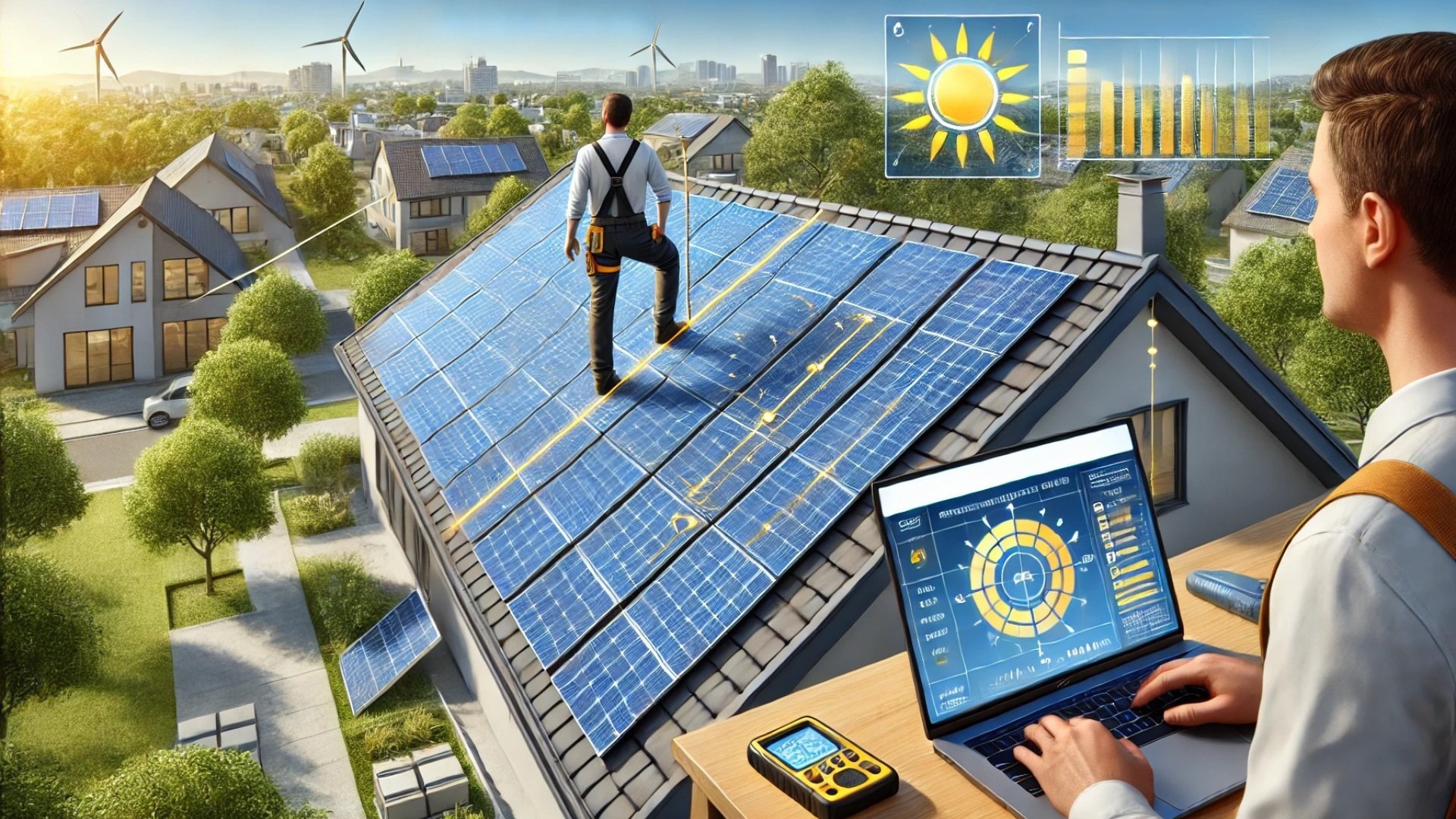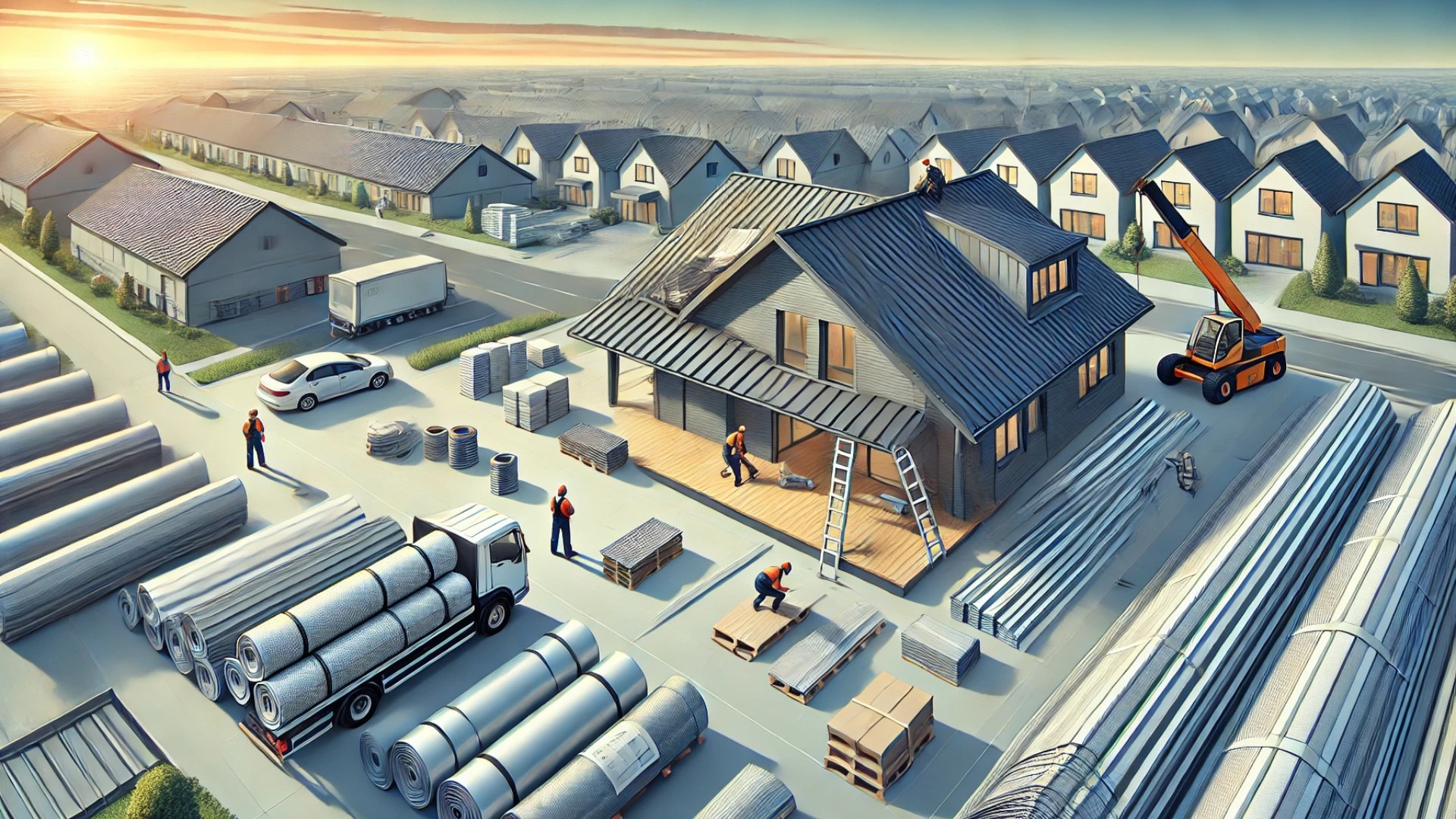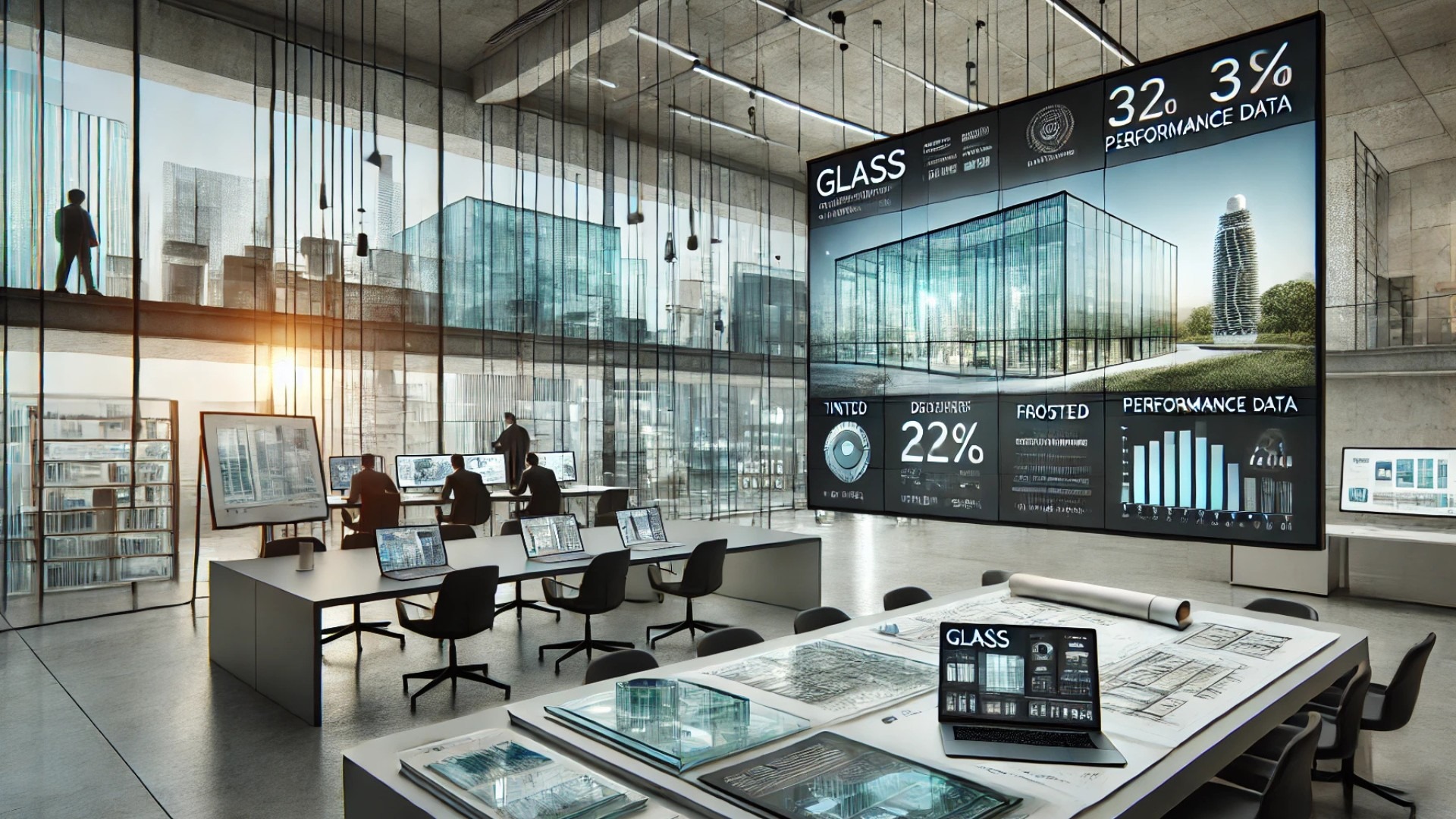
Understanding the Risks of Rooftop Solar
Rooftop solar panels are increasingly recognized for their potential to significantly reduce energy costs and carbon footprints. However, before adopting this technology, property owners must understand the associated risks. Analysts have identified four main areas of concern: structural integrity, energy performance, maintenance challenges, and return on investment. Let’s delve deeper into these risks and explore actionable solutions.
1. Structural Integrity: A Fundamental Concern
One of the most immediate risks with rooftop solar installations is the impact on a building's structural integrity. Heavy solar panels change the load distribution on the roof, potentially causing damage if the building isn't designed to handle the extra weight. It's crucial to conduct a thorough assessment of the roof structure before installation, ensuring it can adequately support the new addition. Engaging a qualified structural engineer can help identify necessary reinforcements or adjustments.
2. Energy Performance: Maximizing Efficiency
While the intent of installing rooftop solar panels is to enhance energy efficiency, poor installation can lead to suboptimal performance. Factors such as shading, orientation, and incorrect panel placement can inhibit the effectiveness of solar panels. To combat these issues, property owners should ensure that installations are conducted by experienced professionals who conduct proper site assessments. Utilizing tools like solar pathfinders can also help determine the best placement for maximum sun exposure.
3. Maintenance Challenges: A Long-Term Commitment
Solar panels require regular maintenance to ensure they operate efficiently. This includes cleaning, inspections, and potential troubleshooting for any technological issues. Neglecting maintenance can lead to lower energy output and ultimately a diminished return on investment. Property owners should consider establishing a maintenance schedule that includes both routine checks and cleaning. Collaborating with reputable solar service companies can provide added assurance of proper upkeep.
4. Return on Investment: Understanding Financial Implications
Beyond the physical and operational considerations, the return on investment (ROI) can be tricky to quantify. Many factors contribute to the overall ROI, including initial costs, incentives, energy prices, and financing terms. To enhance ROI, homeowners should research available tax credits and rebates which can offset installation costs. Furthermore, evaluating energy consumption patterns can shed light on the optimal size and type of system needed to maximize financial benefits.
Final Reflections: A Vital Step Towards Sustainability
Despite the inherent risks, the transition to rooftop solar has the potential to provide significant benefits in energy savings and environmental impact. Understanding the underlying risks associated with rooftop solar empowers property owners to make informed decisions. By proactively addressing these challenges, they can harness the full potential of solar technology and contribute to a greener future.
 Add Row
Add Row  Add
Add 

 Add Row
Add Row  Add Element
Add Element 




Write A Comment